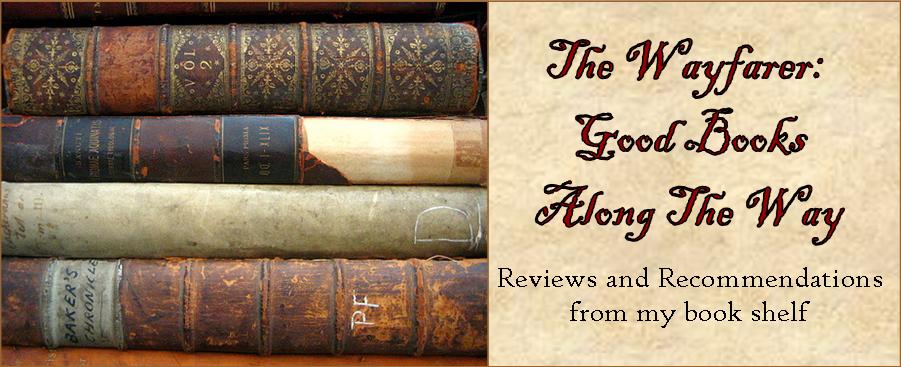Blackfoot Nation children Lionel and Beatrice steal a horse and run away
from their boarding school to spend nine months hidden in a cabin in
the Montana mountains, surviving in the old ways, thanks to the
teachings of their grandfather and the help of an African American
fugitive. Set in the early twentieth century, this appealing adventure
includes horseback-riding feats, fights and children's games, and narrow
escapes. Crowley's filmmaking experience is evident in this first
novel. The pacing is solid, and both setting and action are clearly
described and easy to picture. From nine-year-old Lionel's point of
view, his 12-year-old sister, Beatrice, is larger than life: she looks
like a warrior on the stolen horse and she goes her own way. In
addition, the adults are complex characters—not all boarding-school
officials are evil. This slightly romantic but well-written survival
story includes an author Q&A that discusses his contacts in the
Blackfeet Nation and a list of resources. Grades 4-8. --Kathleen Isaacs
---------------------
This book is a fairly easy read. I read it in three evenings. This is a fiction book based on historically accurate era information. What I like about this book is the development of relationships between the characters and the strong family bonds. The emotion Mr. Crowley is able to get us to feel is significant. The details he provides and historical accuracy is good and really gives life to the story and makes you feel that not only are you there but that this could be a "for real" story too. This book carries a lot of emotion. For me, being a person with a rather strong sense of justice and mercy, this holds some strong emotion for me. I hate injustice. It is one thing that will fire me up every time.
I rate this book PG because of violent thematic elements as well as the undercurrent of racism. It is a late elementary to middle school reading level and content. It would be a great book for a kid to read to enhance a school lesson on the early 1900's and the creation of reservations and the mis-treatment of Native American's. It does warrant a parent-child discussion on racism and the wrongness of violence used for any reason.
For his first book James Crowley has done quite well. I hope he keeps writing.
Tuesday, January 8, 2013
The Magicians Elephant by Kate DiCamillo
Newbery Medalist Kate DiCamillo--author of The Tale of Despereaux and The Miraculous Journey of Edward Tulane--has crafted another exquisite novel for young readers. The Magician's Elephant
tells the tale of Peter Augustus Duchene, a ten-year-old orphan who
receives an unbelievable piece of information from the local
fortuneteller. Peter learns that his fate is tied to an elephant that
has inexplicably fallen from the sky when a magician's trick goes
terribly wrong. Why did it happen? And, how can an elephant possibly
change the course of Peter's life? This darkly atmospheric yet hopeful
tale demonstrates that when the answers to life's big questions are
opaque or unforthcoming, all is not lost. DiCamillo's rhythmic writing,
combined with Yoko Tanaka's mysterious black-and-white illustrations,
enchants and calls out to our sincerest wishes and dreams (recommended
for readers ages 8-13). --Lauren Nemroff
_______________
What I liked about this book was the simpleness of it. This is a good book for a younger child who can grasp a story line that is not as direct as other children's books. I read it in two evenings. I am not a really fast reader, but adults still read faster than kids. This book can entertain a young child in that it is simple, and an older child as it has depth that must be imagined between the lines.
A word of caution on this and other books by Ms DiCamillo. There is a lot of sadness. Children are orphaned, separated, ill treated. There is sadness in other parts of the story too. Much sadness. I think the story ends happily. Depending on your child this could be an emotional read or a average read. If your child was adopted, how he or she reads this will be effected by his or her own story and how you have presented it to him or her.
I would suggest this book for the reading ages of 6-10 and the emotional level of 9+. I rate it PG because of the sadness and implied mistreatment of children.
_______________
What I liked about this book was the simpleness of it. This is a good book for a younger child who can grasp a story line that is not as direct as other children's books. I read it in two evenings. I am not a really fast reader, but adults still read faster than kids. This book can entertain a young child in that it is simple, and an older child as it has depth that must be imagined between the lines.
A word of caution on this and other books by Ms DiCamillo. There is a lot of sadness. Children are orphaned, separated, ill treated. There is sadness in other parts of the story too. Much sadness. I think the story ends happily. Depending on your child this could be an emotional read or a average read. If your child was adopted, how he or she reads this will be effected by his or her own story and how you have presented it to him or her.
I would suggest this book for the reading ages of 6-10 and the emotional level of 9+. I rate it PG because of the sadness and implied mistreatment of children.
Subscribe to:
Comments (Atom)















